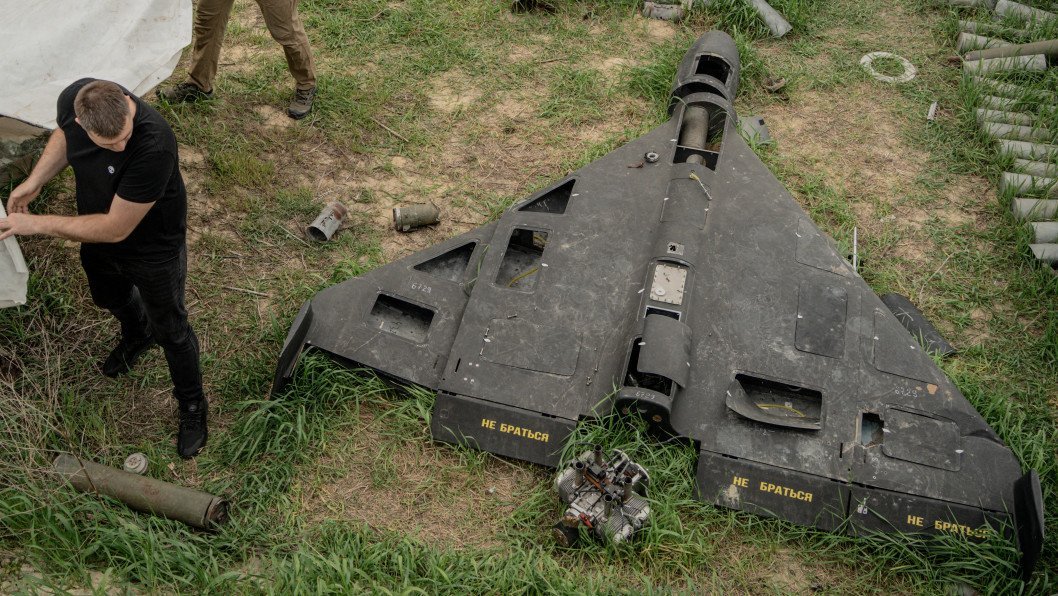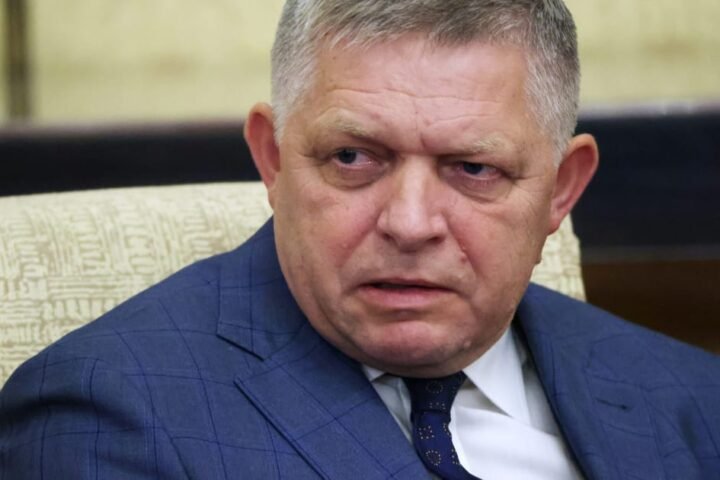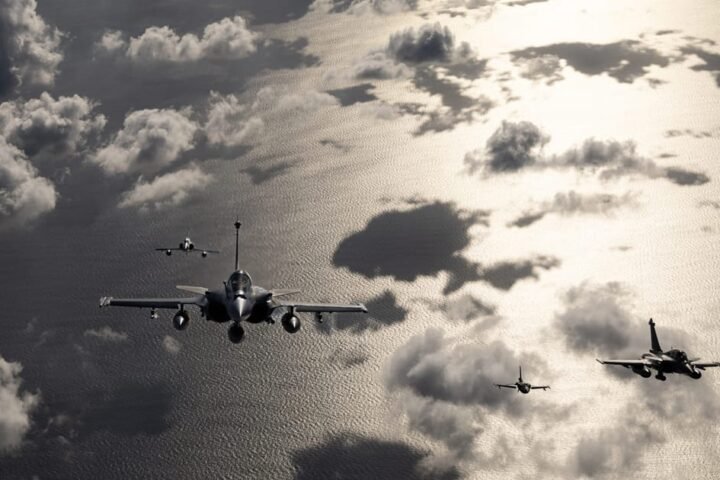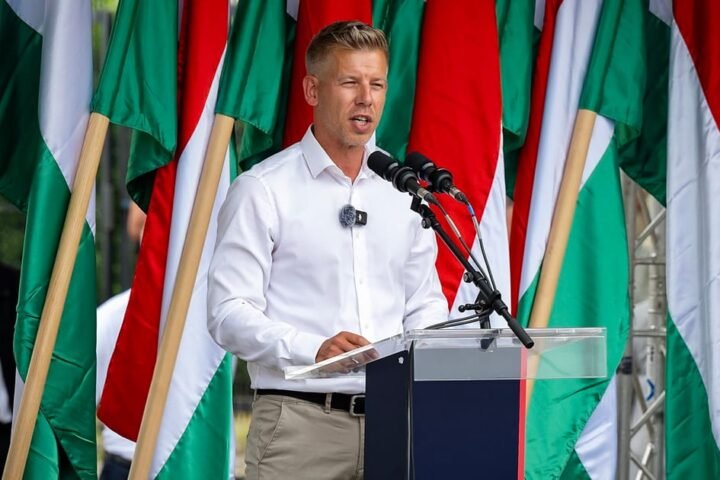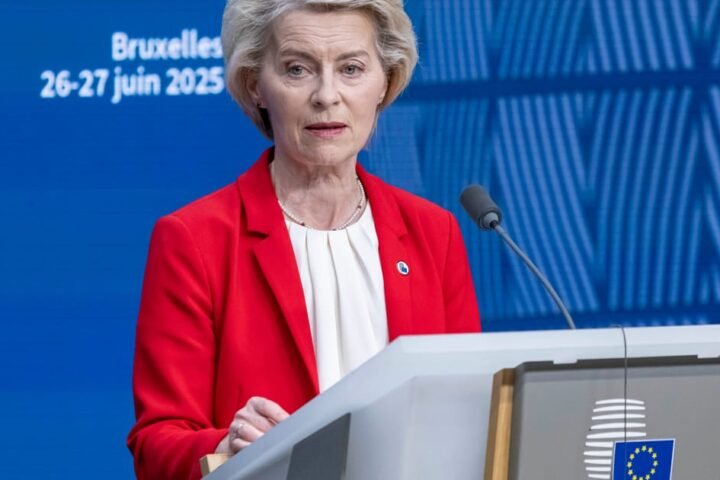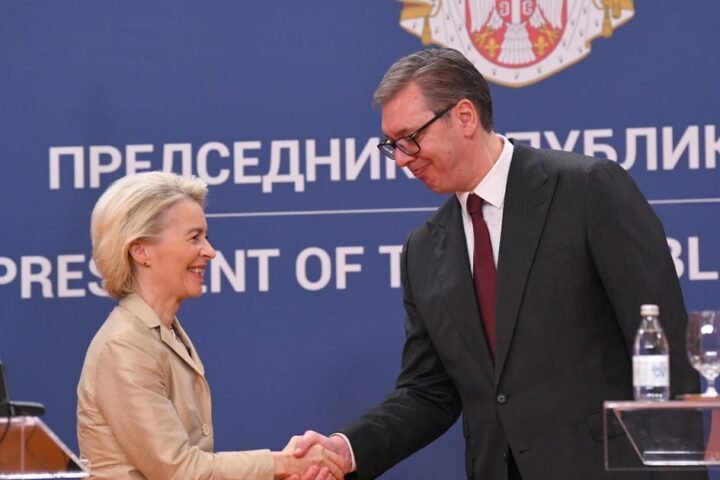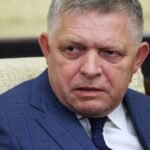Dutch soldiers participating in the NATO Falcon Autumn exercises in Poland faced unexpected interference from unidentified drones on October 14, 2025, the Dutch Ministry of Defense reported via NOS. Communication among the troops was also temporarily disrupted.
Exercise Context and Drone Activity
The airmobile brigade had been stationed at an airfield in Poland, training alongside US forces. While setting up camp, small drones appeared unexpectedly. “There was no immediate threat. We are quite far from the Russian border. We adapted immediately,” said Brigadier General Frank Grandia. Exercises continued with adjustments, while the drones departed without incident.
Regional Drone Patterns
Over the past month, unknown drones have increasingly been detected in Poland and across Europe. Several airports in Denmark and Norway were temporarily closed, and in Germany, a drone flew over the parliament building. According to Sławomir Cenckiewicz of the Polish National Security Bureau, Western intelligence indicates Russia employs a “shadow fleet” to deploy drones over European airspace.
Strategic Implications
While no direct evidence links Russia to the incident, the drone activity fits patterns of hybrid warfare. Analysts suggest such operations test NATO’s electronic countermeasure capabilities and expose potential weaknesses. NATO allies are exploring unified responses to avoid escalation while ensuring deterrence.
Technological Countermeasures
The episode highlights the urgent need for mobile counter-drone systems, including early warning and electronic warfare solutions. Lessons from the Ukraine conflict underscore how drone superiority increasingly shapes battlefield outcomes.
